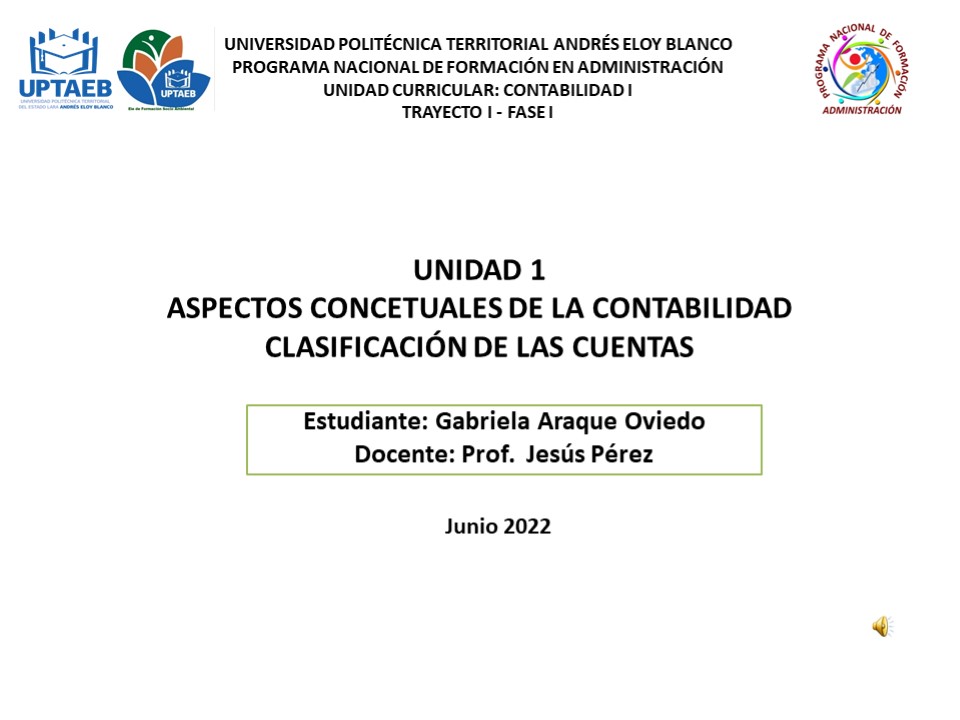Jack Dongarra - PowerPoint PPT Presentation
1 / 19
Title:
Jack Dongarra
Description:
Jack Dongarra. INNOVATIVE COMP ING LABORATORY. University of Tennessee. Oak Ridge ... Fork-Join vs. Dynamic Execution. Fork-Join parallel BLAS. Experiments on ... – PowerPoint PPT presentation
Number of Views:129
Avg rating:3.0/5.0
Title: Jack Dongarra
1
Some of the Software Challenges for Numerical
Libraries on ManyCore Systems
- Jack Dongarra
- INNOVATIVE COMP ING LABORATORY
- University of Tennessee
- Oak Ridge National Laboratory
2
Major Changes to Math Software
- Scalar
- Fortran code in EISPACK (1974)
- Vector
- Level 1 BLAS use in LINPACK (1979)
- SMP
- Level 3 BLAS use in LAPACK (1992)
- Distributed Memory
- Message Passing w/MPI in ScaLAPACK (1995)
- Many-Core
- Event driven multi-threading in PLASMA
- Parallel Linear Algebra Software for Multicore
Architectures
3
ManyCore - Parallelism for the Masses
- We are looking at the following concepts in
designing the next library implementation - Dynamic Data Driven Execution
- Self Adapting
- Block Data Layout
- Mixed Precision in the Algorithm
- Exploit Hybrid Architectures
- Fault Tolerant Methods
4
Parallelism in LAPACK / ScaLAPACK
Distributed Memory
Shared Memory
ScaLAPACK
LAPACK
PBLAS
ATLAS
Specialized BLAS
Parallel
BLACS
threads
MPI
BLAS
Two well known open source software efforts for
dense matrix problems.
5
Steps in the LAPACK LU
(Factor a panel)
(Backward swap)
(Forward swap)
(Triangular solve)
(Matrix multiply)
Most of the work done here
6
LU Timing Profile (4 Core System)
Threads no lookahead
1D decomposition
Time for each component
DGETF2
DLASWP(L)
DLASWP(R)
DTRSM
DGEMM
Bulk Sync Phases
7
Adaptive Lookahead - Dynamic
Reorganizing algorithms to use this approach
Event Driven Multithreading Out of Order Execution
8
Fork-Join vs. Dynamic Execution
Fork-Join parallel BLAS
Time
Experiments on Intels Quad Core Clovertown
with 2 Sockets w/ 8 Treads
9
Fork-Join vs. Dynamic Execution
Fork-Join parallel BLAS
Time
DAG-based dynamic scheduling
Time saved
Experiments on Intels Quad Core Clovertown
with 2 Sockets w/ 8 Treads
10
Cholesky Factorization DAG-based Dependency
Tracking
11
11
12
13
14
12
22
22
23
24
13
23
33
22
14
24
34
44
23
24
- Dependencies expressed by the DAG
- are enforced on a tile basis
- fine-grained parallelization
- flexible scheduling
33
34
33
11
Cholesky on the IBM Cell
- Pipelining
- Between loop iterations.
- Double Buffering
- Within BLAS,
- Between BLAS,
- Between loop iterations.
- Result
- Minimum load imbalance,
- Minimum dependency stalls,
- Minimum memory stalls
- (no waiting for data).
Achieves 174 Gflop/s 85 of peak in SP.
12
How to Deal with Complexity?
- Adaptivity is the key for applications to
effectively use available resources whose
complexity is exponentially increasing - Goal
- Automatically bridge the gap between the
application and computers that are rapidly
changing and getting more and more complex
13
Examples of Automatic Performance Tuning
Proceedings of the IEEE,
V 93 2 Feb. 2005 Issue on Program
Generation, Optimization, and Platform
Adaptation
- Dense BLAS
- Sequential
- ATLAS (UTK) PHiPAC (UCB)
- Fast Fourier Transform (FFT) variations
- FFTW (MIT)
- Sequential and Parallel
- www.fftw.org
- Digital Signal Processing
- SPIRAL www.spiral.net (CMU)
- MPI Collectives (UCB, UTK)
- More projects, conferences, government reports,
14
Generic Code Optimization
- Can ATLAS-like techniques be applied to arbitrary
code? - What do we mean by ATLAS-like techniques?
- Blocking
- Loop unrolling
- Data prefetch
- Functional unit scheduling
- etc.
- Referred to as empirical optimization
- Generate many variations
- Pick the best implementation by measuring the
performance
15
Applying Self Adapting Software
- Numerical and Non-numerical applications
- BLAS like ops / message passing collectives
- Static or Dynamic determine code to be used
- Perform at make time / every time invoked
- Independent or dependent on data presented
- Same on each data set / depends on properties of
data
16
Multi, Many, , Many-More
- Parallelism for the masses
- Multi, Many, Many-MoreCore
are here and coming fast - Use Dynamic DAG based scheduling
- Minimize sync - Non-blocking communication
- Maximize locality - Block data layout
- Autotuners should take on a larger, or at least
complementary, role to compilers in translating
parallel programs. - Whats needed is a long-term, balanced investment
in hardware, software, algorithms and
applications in the HPC Ecosystem.
17
Collaborators / Support
- Alfredo Buttari
- Julien Langou
- Julie Langou
- Piotr Luszczek
- Jakub Kurzak
- Stan Tomov
18
(No Transcript)
19
Summary of Current Unmet Needs
- Performance / Portability
- Memory bandwidth/Latency
- Fault tolerance
- Adaptability Some degree of autonomy to self
optimize, test, or monitor. - Able to change mode of operation static or
dynamic - Better programming models
- Global shared address space
- Visible locality
- Maybe coming soon (incremental, yet offering real
benefits) - Global Address Space (GAS) languages UPC,
Co-Array Fortran, Titanium, Chapel, X10,
Fortress) - Minor extensions to existing languages
- More convenient than MPI
- Have performance transparency via explicit remote
memory references - Whats needed is a long-term, balanced investment
in hardware, software, algorithms and
applications in the HPC Ecosystem.

